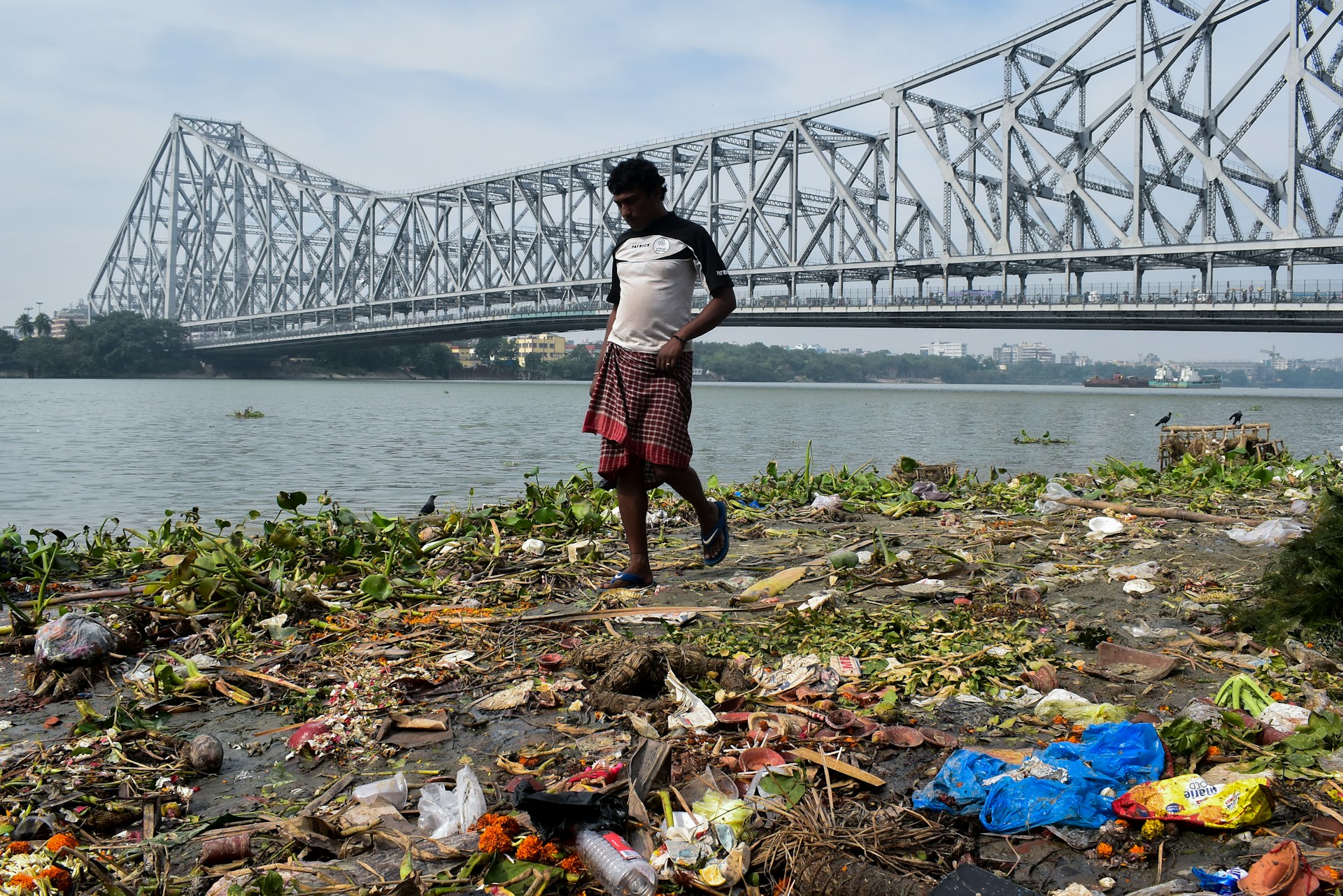



The final meeting of the Paris Climate Agreement on Saturday, December 12th marked the end of a monumental event where ministers from 196 countries gathered to discuss a pressing topic: climate change.
Prominent figures such as US Secretary of State John Kerry, China Foreign Minister Xie Zhenhua, French President François Hollande and many others sought an agreement seeking to lower global temperature rise to under 1.5 degrees.
The talks were not always smooth and several delays resulted, but the outcome was markedly positive for those wishing for meaningful climate change initiatives. Confirmation from individual countries is the agreement’s first goal.
The agreement comes into effect once 55 countries ratify it. And hopefully at least 55% of global emissions will be affected as a result. Unlike the Kyoto Protocol, which was never ratified in the United States, the deal in Paris was successful, partly because the U.S. Senate doesn’t need to approve it this time around.
Emission levels vary from country to country, so specific countries will receive carbon reduction targets.
If you want to view the carbon reduction targets for each country, you can do so via Climate Action Tracker, which provides an elaborate assessment of each country. For example, the United States’ page shows an average rating with room for improvement.
According to the Climate Action Tracker, “US climate plans are at the least ambitious end of what would be a fair contribution. If all countries would choose the least ambitious end of their respective range, global temperature increase would be well above 2°C.”
Clearly, the US has room for much improvement, and many other countries can say the same, with Europe, China and Brazil having similarly “average” levels. Meanwhile, countries like Canada, Russia, Japan and Australia have their present classification as inadequate. Australia’s emissions, in particular, “are set to increase substantially to more than 27% above 2005 levels by 2030.”
None of the countries with an average or inadequate rating are proud about it. Having your country known as a potentially destructive environmental force is never a good thing. The majority of countries involved in the climate agreement are presently making strides as a result.
The US, for example, aims to cut carbon emissions 26-28% by 2025. The Obama administration is working with over 150 companies to voice support for the Paris climate agreement and demonstrate an ongoing commitment to climate action.
The United States’ specific plans, according to a White House press release, include purchasing 100% renewable energy, which is a goal for many countries involved. Investment in solar energy from the US and other countries is a collective aim, with the hope of renewable energy becoming the norm.
Elsewhere, Brazil seeks to have 23% of its electricity generated from renewable energy by 2030, with Europe aiming for a renewable energy target of 20% by 2020. Considering their massive populations, China and India also want to adopt renewable energy on a widespread scale, with an aim for 20%-40% of “non-fossil” electricity by 2030.
Clearly, developing third-world countries lack the resources to adopt renewable energy on a widespread level, so the Paris agreement has sought to help. Specifically, the Paris deal includes $100 billion for financing to help these developing countries. They have only pledged $10 billion so far, but the developments elsewhere suggest the rest should come in due time.
The Paris climate agreement represents a historical achievement — the world is at least giving due recognition to the growing issue of climate change — but the agreement has faults faults. In fact, a group of climate change scientists called the agreement “far too weak” in a joint letter to The Independent.
It’s hard to fault their criticism that the agreement seems lacking immediate action, as it only comes into action in 2020. By that time, emissions will be more significant and the global climate change scenario will be direr.”
Given that we can’t agree on the climate models or the CO2 budget to keep temperatures rises to 2 °C, then we are naïve to think we will agree on a much tougher target in five years when, in all likelihood, the exponentially increasing atmospheric CO2 levels mean it will be too late,” the letter reads.
The US, Paris and a few other countries have collaborated with businesses and experts to reduce emissions. However, the agreement’s lack of immediacy is problematic, especially as some countries view climate change as less pressing than other matters.
World leaders from Barack Obama to Vladimir Putin say that climate change poses a serious danger, and although the new agreement is a positive sign for our environmental future, people must act with more urgency.


This site uses Akismet to reduce spam. Learn how your comment data is processed.